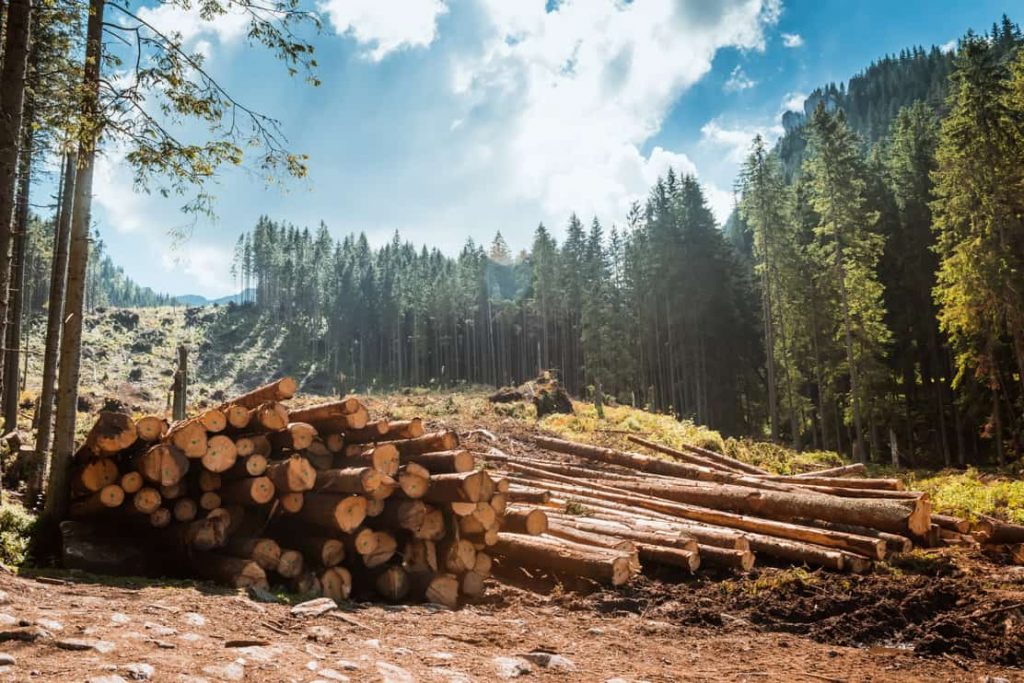If you are wondering what the useful effect of cutting trees is for the environment, you are not alone. Trees help the environment in a number of ways, from lowering temperatures and humidity to storing carbon dioxide to providing nutrients for the land. In fact, the useful effect of cutting trees are numerous, and there are many reasons to consider it.
Reduces runoff
When clearcutting trees, the impact on runoff depends on several factors, including the nature of the trees cut, the amount of slash left, the location of the clear-cutting area, and the watershed characteristics. However, many practices are available to minimize the hydrologic changes caused by clearcutting.
A number of studies have studied the impact of clear-cutting on stream water quality in boreal forests. Results from these studies suggest that the concentrations of the number of nutrients are increased by clear-cutting. For example, NO3-N and PO4-P concentrations increased in the first and second years after clear-cutting.
In contrast, total P concentrations remained stable. The increase in total N concentrations may result from reduced nutrient uptake by trees, or from nitrification in the litter layer. It is not known whether this is a positive or negative impact of clear-cutting.

Promotes new growth
Whether you’re a professional spruce tree aficionado or a novice homeowner looking to prune the prized possession, the correct pruning technique can have you raking in the baubles in a matter of minutes. However, not all cuts are created equal, and a cursory knowledge of the different species in your locale will go a long way toward making the process as painless as possible. Some tips for determining the best practice for your situation include determining what type of trees will thrive under your conditions, and knowing which plants are better at coping with wind and rain. As for the actual trimming, a light touch is best – remember to remove any dead branches while leaving the healthy ones alone.
Using the right tools and the right mindset will ensure the resulting crowning glory for years to come. One of the most important steps is ensuring the proper spacing of the main branch. Once the tamer is in place, you can concentrate on reshaping the tree by pruning branches in the crown. The best time to do this is early in the morning when the sun is high but the air is cool and clear.
Reduces the need for more land
Most of us don’t have the time or inclination to test the waters of a foray into the forest. For those lucky enough to do so, the real rewards come in the form of a healthy body and mind. Luckily, a little forward-thinking goes a long way. The perks are in spades. So, what are you waiting for? The following are a few suggestions. Obviously, the first thing to do is to set your expectations. Next, do some vetting. This may require a tour of the bluff. It is a rite of passage for many a budding green thumb. You have to be a good one to survive. That said, it isn’t all that hard. A well-thought-out plan should yield results if you take the time to read up.
Stores carbon dioxide
Carbon sequestration is one of the most efficient ways to fight climate change. This process involves storing carbon in trees for many years or even centuries.
Trees store carbon in their root systems, soil, and leaves. They release it when they are burned, die, or are left to decay. Their roots use sugar to build branches and to produce oxygen.
Young trees are especially good at capturing and retaining carbon. For example, American chestnuts are capable of absorbing 21 pounds of CO2 per year. Older trees have slower growth rates.
A typical mature tree can capture 167 kg of CO2 each year. Some of the most important carbon sinks are eucalyptus, oak, beech, and ash.
Currently, the average American carbon footprint is estimated at 16 tons of CO2 per year. This figure is among the highest in the world.